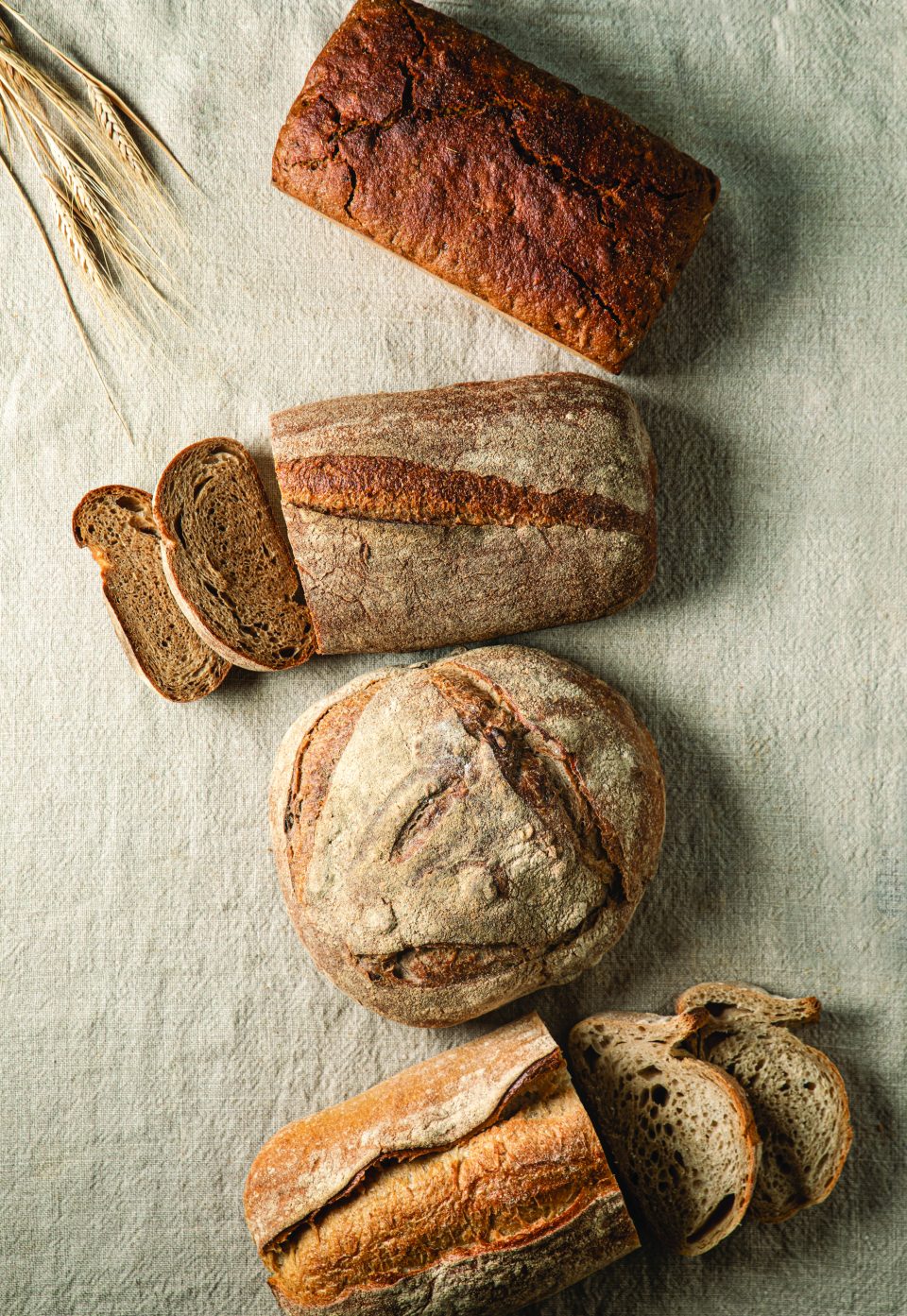In Türkiye, bread graces every table—from village kitchens to city restaurants and cafes. However, bread is more than a staple; it is a living heritage in these lands. Bread’s deep-rooted tradition in Anatolia, one of the earliest cradles of settled life, stretches back thousands of years, and every archaeological discovery across Türkiye adds a new chapter to its ancient story. The remains of loaves and bread-making artefacts unearthed across Türkiye offer tangible evidence of a culinary culture nurtured and refined for millennia.
Archaeological finds trace the world’s oldest bread traditions to Anatolia
Recent archaeological discoveries across Anatolia are revealing the ancient origins of bread, offering new insights into Türkiye’s rich culinary heritage. At Konya’s UNESCO-listed site of Çatalhöyük, archaeologists discovered an 8,600-year-old leavened bread around the remains of a severely damaged oven. Dated to around 6600 BCE, this bread is considered one of the oldest ever discovered. Similarly, at Eskişehir’s Küllüoba Mound, experts unearthed what is believed to be the world’s oldest leavened and baked bread, dating back 5,000 years. Analyses of the Küllüoba bread revealed traces of emmer wheat and lentils. The bread is thought to have been baked at approximately 140°C; a piece of it was intentionally broken off, burnt as part of a fertility ritual, and then buried near the threshold of a room in the back of a house. This remarkable discovery demonstrates how production and belief practices were deeply intertwined in the social life of that period.
On the other hand, excavations at Topraktepe (Eirenepolis) Ancient City in Karaman revealed five carbonised loaves dating to the 7th–8th centuries CE. Experts believe these loaves may have been sacramental breads, used during early Christian rituals. Another archaeological discovery revealed a bread mould with a diamond (baklava) pattern at the Harran ruins in Türkiye’s Şanlıurfa, one of the world’s oldest settlements. Believed to have been crafted some 800 years ago, the mould provides a new clue about how people used to prepare their daily bread.
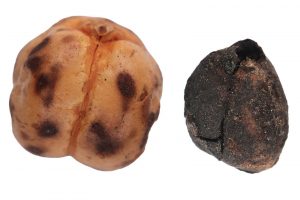
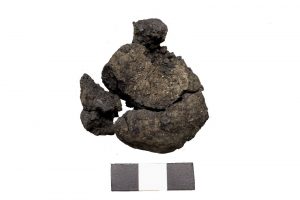
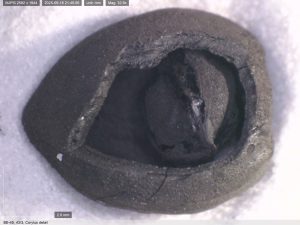
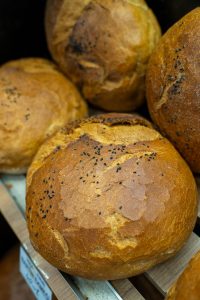
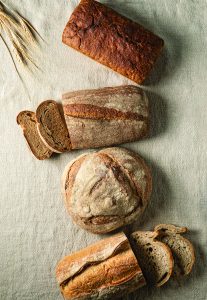
Countless baked treasures, from fluffy breakfast pastries to hearty loaves
These ancient discoveries shed light on Anatolia’s deep-rooted bread and pastry culture. With a history reaching back millennia, Türkiye’s bread tradition still thrives today in a rich variety across the country. Traditional bakeries and home bakers still lovingly craft dozens of bread and pastry varieties, using locally inspired ingredients. You might enjoy a leisurely breakfast in the Black Sea region with golden corn flour bread, savour steaming soups with tandoor bread in Eastern Anatolia, or pair “bazlama” with hearty stews in Central Anatolia. Türkiye’s bread culture is as diverse as its geography.
Türkiye’s Iconic Flatbread: Pide
In Türkiye, classic somun bread is served at every meal, yet across the country, dozens of regional breads reflect local ingredients, climate, and centuries of tradition. For example, “pide”, a thick flatbread typically baked in wood-fired stone ovens, is another type of bread you will frequently come across. Pide can take on various forms, including “tırnak pide”, “tombik pide”, or Ramadan pide, depending on its preparation and serving style. It even transforms into a delicious pastry when prepared with various toppings from cheese and spinach to sautéed meat and minced lamb. Its enduring appeal has made it so cherished that from bustling metropolises like İstanbul to quaint small towns, dedicated pide restaurants can be found at every turn.

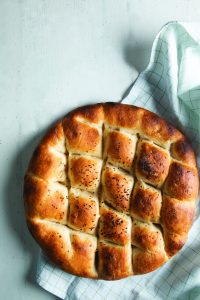
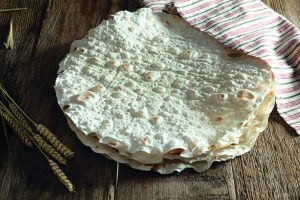
Türkiye’s UNESCO-Listed Traditions: Lavash and Yufka
The two other types of bread, lavash and “yufka”, also hold an important place in Turkish food culture. For centuries, the preparation of these breads in Anatolia has been a communal activity for women, who roll out thin sheets of dough for winter storage or for special occasions, such as weddings. And the unique tradition of making lavash and “yufka” was inscribed on UNESCO’s Representative List of the Intangible Cultural Heritage of Humanity in 2016. Lavash, a type of flatbread, is typically paired with succulent kebabs. Döner, spicy “çiğköfte” (a vegan meatball), and other grilled specialities are often wrapped in soft, flavourful lavash, creating irresistible “dürüm”. Yufka, thinner than lavash, is commonly enjoyed at breakfast with cheese, showcasing its simple yet timeless appeal. Even baklava, the national dessert of Türkiye, consists of paper-thin layers of ‘yufka’.
Bread has been part of Anatolian life and culture since prehistoric times, and in Türkiye, you can explore its history and taste the many varieties still made today.
Download link for images: https://docs.tga.gov.tr/c0rteos7.

